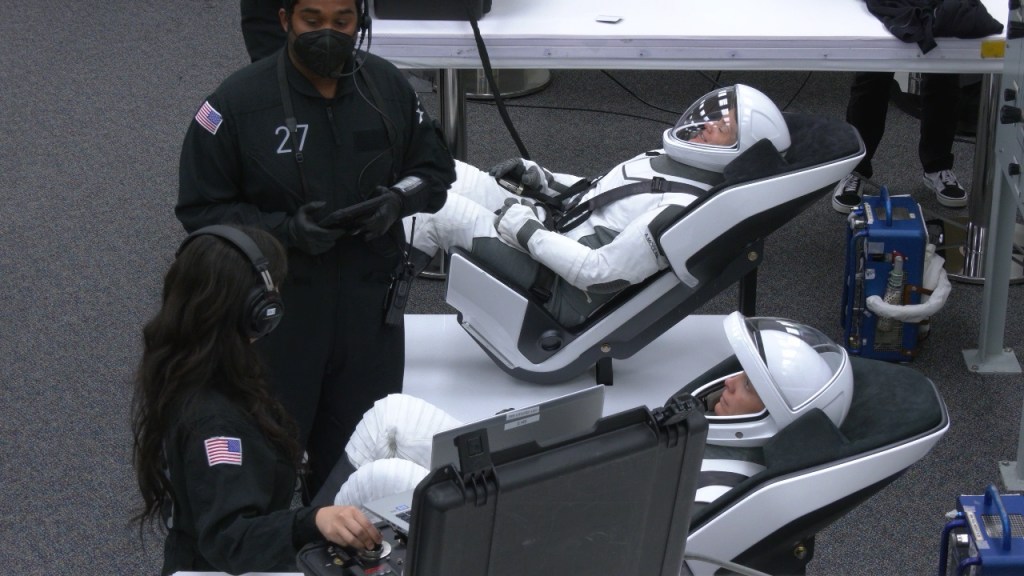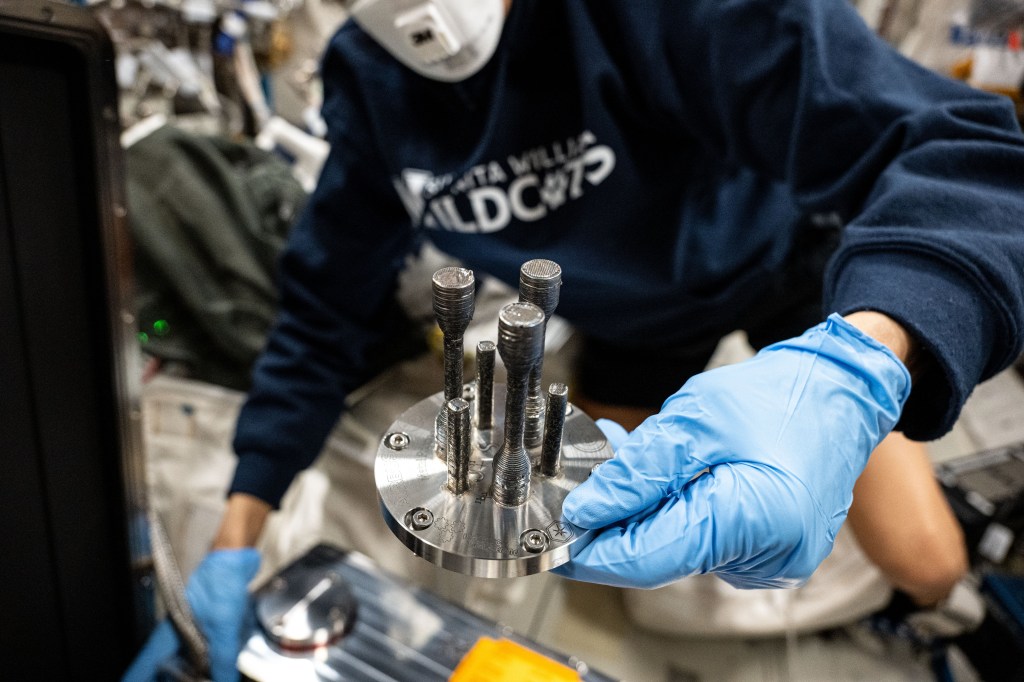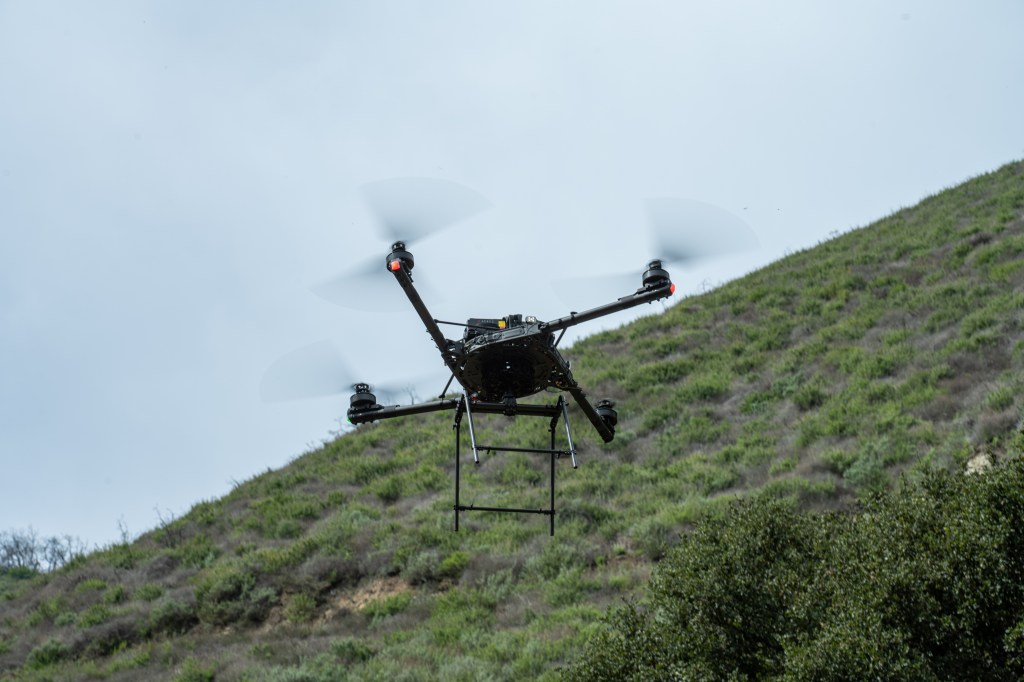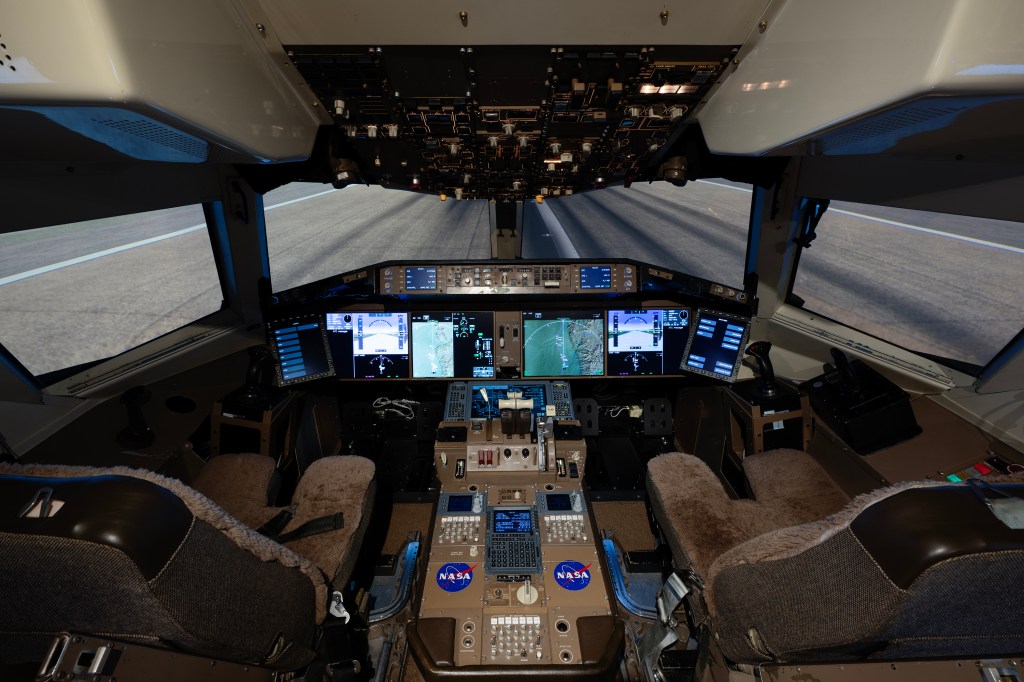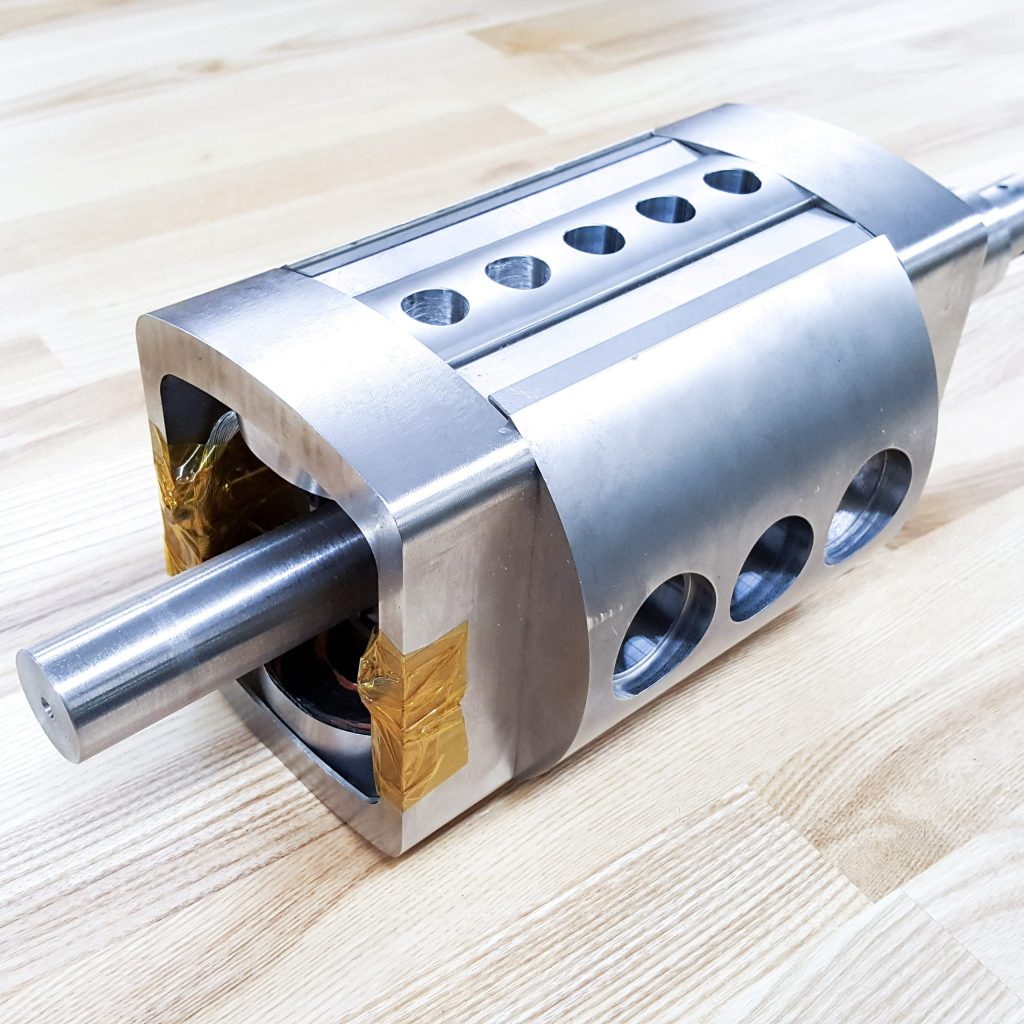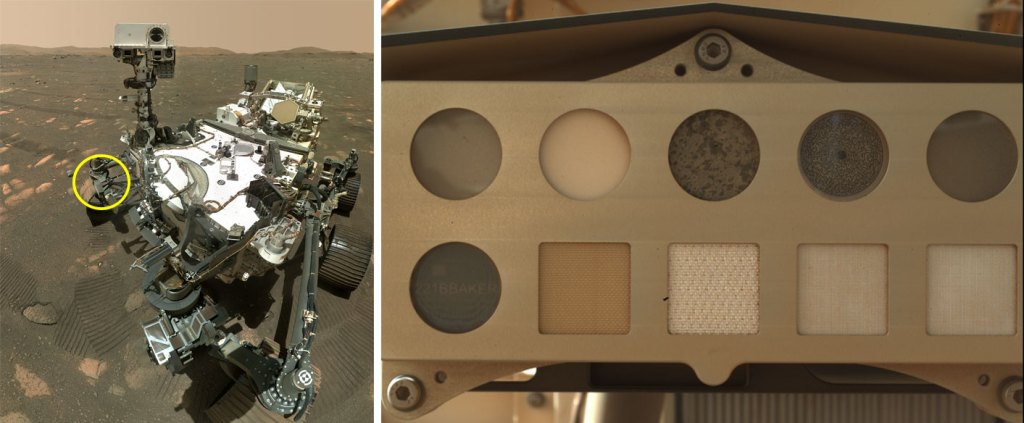NASA Advances Plans to Bring Samples Back From Mars
| Credit | NASA/JPL-Caltech |
|---|---|
| Language |
|
Collecting samples from Mars and bringing them back to Earth is a historic undertaking that starts with the launch of NASA's Mars 2020 rover. That rover will collect samples and leave them ready for a future mission to retrieve and return to Earth. The future stages of Mars Sample Return involve the collaboration of NASA and the European Space Agency to develop a lander, a fetch rover, an ascent vehicle to launch the sample container to Martian orbit, and a retrieval spacecraft for carrying the samples to Earth. In this video, visit some of the labs at NASA's Jet Propulsion Laboratory where prototypes and engineering models involved in the Mars Sample Return campaign are being tested.
TRANSCRIPT
Raquel Villanueva: Hi, I'm Raquel Villanueva, here at NASA's Jet Propulsion Laboratory. Now, it has been a dream of scientists for generations to bring back samples from the surface of Mars. Right now, the Mars 2020 rover is laying the groundwork for that to happen.
And, that's why I'm in the In-Situ Instrument Laboratory with Jessica Samuels. And, she's here to tell us what's going on here.
Jessica Samuels: Well, we use this facility to develop and design our hardware and software systems for our Mars missions.
Raquel: And, how does the sampling system work.
Jessica: So, we have a drill on the end of our robotic arm. And, as we are drilling the surface of Mars, we will be collecting pieces of Mars into the sample tube at that time. We'll then transfer that sample tube into the inside of the rover and then seal it for storage as we continue to explore the surface. After we've collected a diverse set of samples, we will drop them off onto the surface...
Raquel: Yeah.
Jessica:...and then have them there for a future sample return mission to continue.
Raquel: Well, I know you have some tests to keep doing and I'm actually gonna go check out the next phase at a different lab.
We're in a testing lab affectionately known as the "Sand Box" and I'm here with Austin Nicholas. Now, can you explain how we are gonna bring back samples from Mars?
Austin Nicholas: So, starting from after 2020 has deposited tubes on the surface, there are two more missions to go in bringing the tubes back to Earth.
The first is a lander mission. It carries three major elements: a Sample Fetch Rover and a Sample Transfer Arm that lets you transfer the samples from the Fetch Rover into the rocket, and a Mars Ascent Vehicle which is a rocket that brings the samples from Mars into space. Meanwhile, the orbiter has also launched from Earth in 2026 and is making its way towards Mars and it'll be in position by the time the rocket's fully loaded. The orbiter will then go to the sample container that the rocket's put into space and then capture it, ultimately bringing them to Earth in 2031.
Raquel: That sounds complicated.
Austin: It is complicated but fortunately we're not doing it alone. So, we have a great partnership with the European Space Agency and they're providing some major pieces of this mission. Within NASA, we've actually got a number of centers working on all of the different pieces. So, we're partnering with Marshall Space Flight Center for the Mars Ascent Vehicle, Langley and Ames for the Earth Entry Vehicle, Glenn for the Sample Fetch Rover wheels and we're partnering with Goddard for the orbiter payload. And so there's really a...it's a whole NASA effort to get Mars Sample Return done.
Raquel: Sounds like there is a lot of work to be done, but this all kicks off with the launch of Mars 2020 this summer in Cape Canaveral, Florida and there's lots of excitement here as we get ready to make history.






